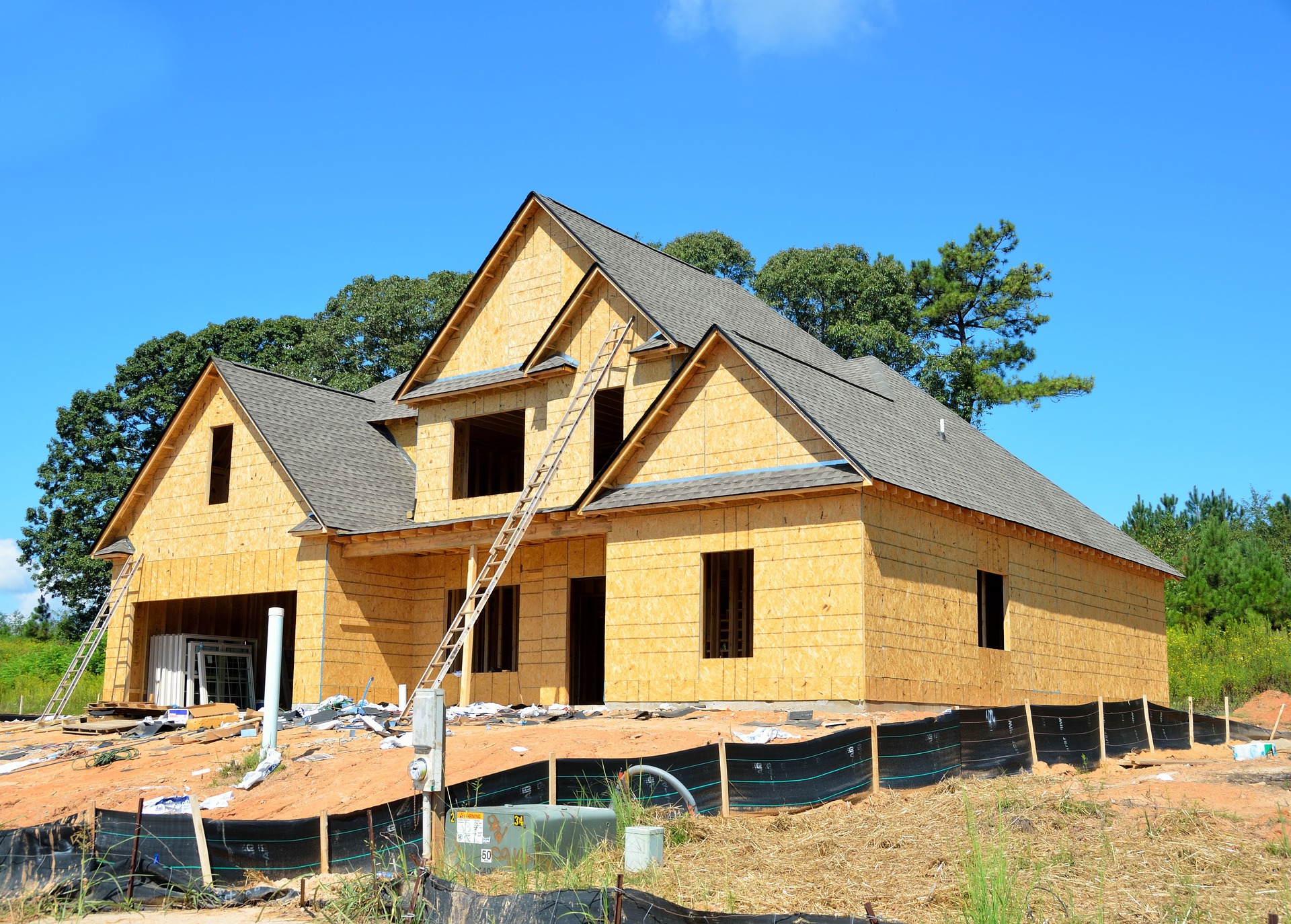What to Do if Mold is Found in New Construction
It is quite disheartening to move in to a newly constructed house only to discover mold in it. That being said, this is actually a commonly occurrence for various reasons. Mold thrives in places that have poor airflow, and newer buildings often have this due to their environmentally friendly design. Furthermore, if buildings are not properly protected from moisture during construction, rain, fluctuating humidity, and other moisture sources can get into the structure. Don’t worry though, because all hope is not lost. Here is what you can do to identify, remediate, and prevent mold in new construction.

Other Reasons Why Mold Grows in Newly Constructed Properties
In general, one of the most common places that mold is found after construction is in crawl spaces and basements. Building a proper foundation can be difficult, so some builders may mess this up.
Here are some of the potential issues that can happen with foundations:
– Moisture can get trapped between walls. This is often caused by the studs not being insulated, and the vapor barriers not being put in prior to the foundation drying.
– Flooring joists can become wet during the time that construction crews are not working.
– If there is not sufficient insolation around the subfloor, it may cause moisture to accumulate.
Identifying Mold
Mold may not always be in plain site. Sometimes it can be kind of illusive and grow behind walls for example. If you do not see any visible mold, but suspect that it’s in your property, we recommend checking for it using a moisture meter and a mold testing kit. If the mold is visible, and/or the devices suggest that there is mold, then we urge you to speak with a professional as soon as possible to prevent any further health or property issues. You can reach a mold remediation expert anywhere in the USA for free by calling the number on our website.
How to Remediate Mold in New Construction
While we don’t recommend taking on the mold remediation process without a professional, it is helpful to know the general process that the pros usually undertake.
Here are some steps you can expect:
1. Put on Safety Gear
When beginning the mold remediation process it’s important to put on safety gear to avoid ingesting mold spores or other toxic materials.
For this we generally recommend the following products:
– Gloves
– Hazmat suits
– Respirator masks
2. Remove Your Personal Belongings
If you have just moved your personal belongings into the building, it can be annoying to have to remove them again. That being said, it is critical that you do this to prevent mold spores or outbreaks from infesting your stuff. If you see mold on your belongings already, you will probably just need to dispose of them to avoid future outbreaks. To be on the safe side, you may even want to dispose of your personal belongings regardless of if you can see visible mold. Trace amounts of mold may not be visible, and can still cause an outbreak if moved back into the property.
3. Seal off the Contaminated Areas
In order to prevent mold from spreading to other parts of your property, it is important to tent off the damaged areas, and set up HEPA filters to clean the air during the remediation process. To do this we recommend using polyurethane sheeting.
4. Demolish the Contaminated Building Materials and Dispose of Them
Once the area is secured, it is time to demolish the building materials that have been contaminated. The reason why we usually recommend doing this is that it’s a more full-proof solution than other options like using a antimicrobial solution. The solution may remove the mold stains from the walls for example, but it is unlikely that it will get rid of the mold that is deep into the drywall.
5. Dry the Water Damage
Once the moisture is exposed, it is time to dry the water damage using specialized water damage restoration fans and dehumidifiers. If you haven’t done so already, make sure to fix any leaks that may be causing the moisture.
6. Clean Residual Mold
While the majority of mold may have been removed during the demolition process, it is important to clean any residual mold to prevent it from growing back again. To do this, you can use a high quality antimicrobial solution along with some wire brushes.
7. Reconstruction
We assume that you probably don’t want to live in a house that has demolished areas in it. To solve this, you will need to install new building materials that are clean to replace the removed ones. We recommend using waterproof building materials when doing this to lower your risk of future mold outbreaks.
How to Prevent Mold
Here are some steps you can take to prevent mold from coming back again:
1. Improve the Airflow
Mold thrives in areas where there is poor air circulation, so leaving windows and doors open, and using fans can prevent the mold from expanding.
2. Use Waterproofed Building Materials
When you replace the demolished building materials, we recommend using materials that are resistant to moisture.
3. Use HEPA Filters
Mold uses spores to expand, so you can use HEPA filters/air purifiers to help clean the air of mold spores and other toxins.
4. Fix Leaks and Dry Any Moisture Right Away
Even small amounts of moisture left standing for more than a few hours could lead to mold growth, so it is important that you take action to dry it as soon as possible.
Mold in New Construction Conclusion
It can be devastating to find mold in your new property, but it is also quite common. If you are experiencing a mold issue, we recommend that you call the number on our website right away to speak with a mold remediation expert anywhere in the USA for free.